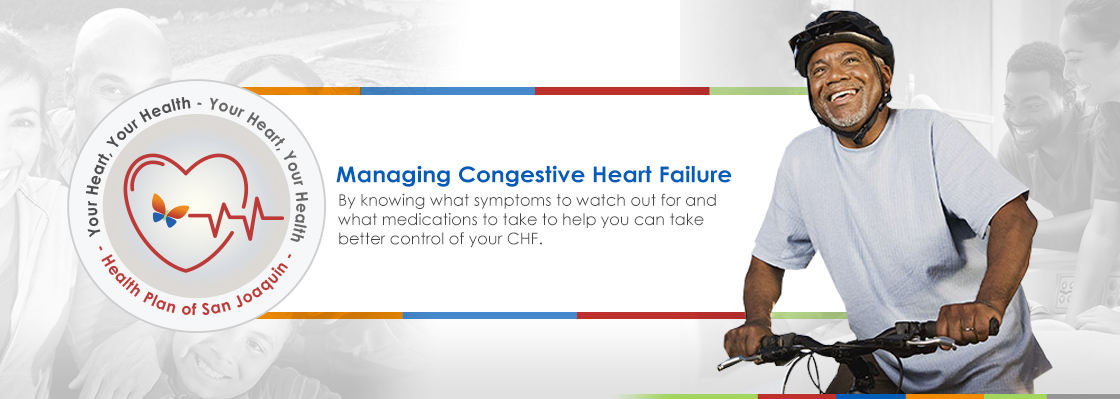
Managing Congestive Heart Failure
Your Heart, Your Health
6.2 million adults in the United States have congestive heart failure (CHF). This chronic condition can not be cured but by following your doctor’s care plan you can improve your symptoms and live a healthier life. CHF, also know as heart failure does not mean your heart is not working. It just means that your heart is not pumping as well as it should be. It is important to understand your care plan. A care plan might include:
- How and when to take your medications
- Monitoring your blood pressure regularly
- Watching the amount of liquids, you drink daily
- Heart Healthy Lifestyle changes
CHF Care Plan
![]() A care plan can help you manage your CHF daily. By knowing what symptoms to watch out for and what medications to take to help you can take better control of your CHF. Your doctor will work with you to set up a care plan that is right for you.
A care plan can help you manage your CHF daily. By knowing what symptoms to watch out for and what medications to take to help you can take better control of your CHF. Your doctor will work with you to set up a care plan that is right for you.
If you are not sure where to start you can ask these questions at your next visit:
- How serious is my CHF?
- How does CHF effect other conditions I might have?
- What can I do to manage my CHF?
- Will I be taking a medication for this?

Signs and Symptoms
Video: Heart Failure Warning Signs and Symptoms

Blood Pressure
 The only way to know if you have high blood pressure (HBP, or hypertension) is to have your blood pressure tested. Understanding your results is key to controlling high blood pressure, that is why It is very important to check your blood pressure regularly.
The only way to know if you have high blood pressure (HBP, or hypertension) is to have your blood pressure tested. Understanding your results is key to controlling high blood pressure, that is why It is very important to check your blood pressure regularly.
How to use a home blood pressure monitor
- Be still
- Sit correctly
- Measure at the same time every day
- Take multiple readings and record the results
- Don’t take measurement over clothes
High blood pressure usually has no symptoms, so the only way to know if you have it is to get your blood pressure measured. Talk with your health care team about how you can manage your blood pressure and lower your risk.
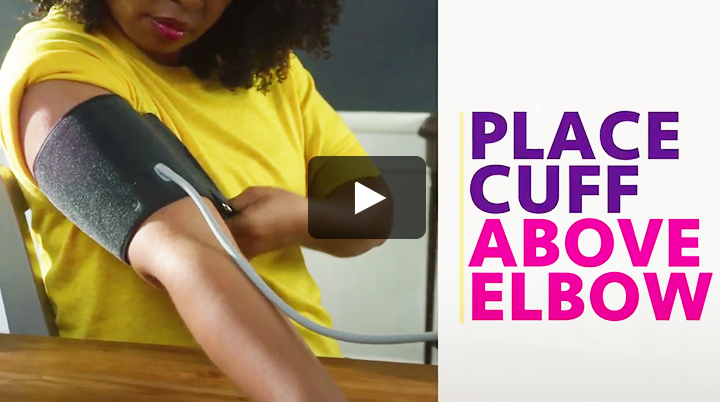
Fluid Intake
 Watching your fluid intake can help keep swelling down. This keeps your heart from having to work harder. Here is one way to track the fluid you are eating or drinking:
Watching your fluid intake can help keep swelling down. This keeps your heart from having to work harder. Here is one way to track the fluid you are eating or drinking:
- Fill a container with the amount of water that is your daily fluid limit.
- Each time you drink or eat fluids, pour the same amount out of your container.
- You can also use a measuring cup throughout the day.
Ways to make it easier to drink less include:
- Using small glasses
- Rinsing your mouth with water
- Chewing sugarless gum or candy to keep your mouth moist
- Sucking on ice or lemon wedges
- Using ice to make your drink more refreshing
The only way to know if you have high blood pressure (HBP, or hypertension) is to have your blood pressure tested. Understanding your results is key to controlling high blood pressure.

Salt (Sodium)
 77% of the sodium that Americans eat comes from processed and restaurant foods.
77% of the sodium that Americans eat comes from processed and restaurant foods.
Reading food labels and cooking at home can help limit how much salt (sodium) you’re eating. Food and drinks high in salt may not even taste salty. Salt can be found in processed foods. Make sure to look at food labels to see how much sodium is in each serving.
Some foods and drinks with hidden sodium include:
- Canned foods
- Processed foods
- Convenience foods, such as soups, lunch meat, and frozen meals
- Sodas
- Breads
- Packaged pasta and noodles
- Rice dishes
You can lower your sodium by choosing lower sodium options. It may take some time for your taste buds to adjust to cooking without salt. This change will be worth it for your health. Start your grocery shopping with fruits and vegetables in the produce section. Fresh fruits and vegetables have almost no sodium.
Weight Management
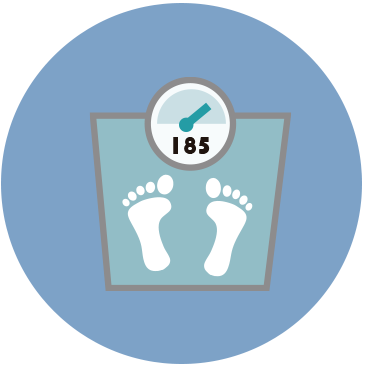
- Find your “dry weight” based on your home scale. Ask your doctor or nurse if you need help with this.
- Weigh yourself at the same time and on the same scale. The best time is in the morning before breakfast and after you urinate.
- Weigh yourself without clothes or in just your underwear. Do it the same way each time.
- Write down your weight in a diary to show your doctor.
- Know what a healthy weight range is for you.
Ask your doctor what you should do if your weight is not in that range. Follow your action plan if you have fluid buildup.


Need health advice?
Call HealthReach 24/7 1-800-655-8294 to speak with a nurse or doctor. The Advice Nurse helps you with any health problem you or someone in your family has. Click here for more information.
Posted on December 10th, 2020 and last modified on February 6th, 2025.
top
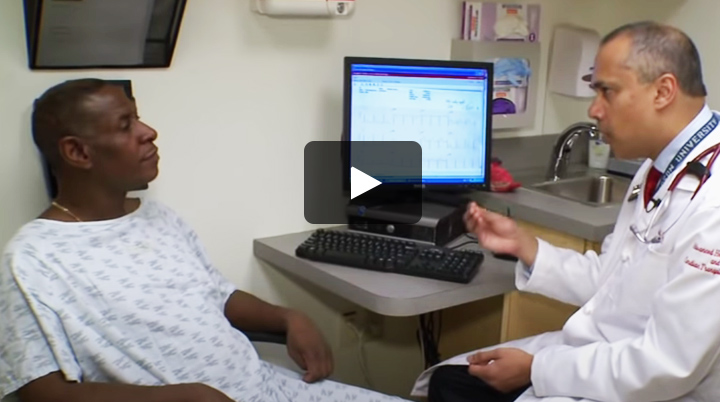
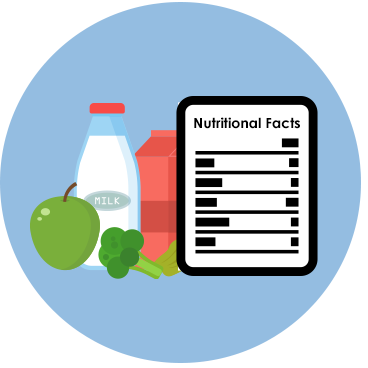 Nutritional Labels
Nutritional Labels